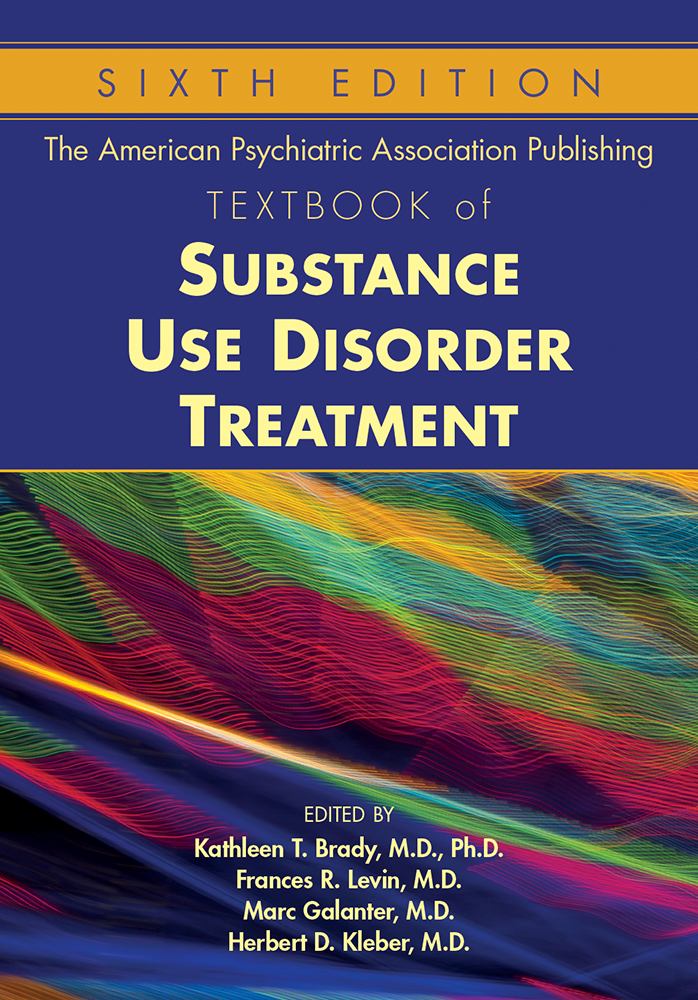Chapter 8.Neurobiology of Alcohol
Sections
Excerpt
In this chapter we provide a summary of the molecular and neural mechanisms by which alcohol acts on the brain to promote the development of addiction in vulnerable individuals. We first define the terminology to be used, and then proceed to giving an account of interactions of alcohol with ligand-gated ion channels and G protein–coupled receptors, respectively. We next describe the complex effects of alcohol at the systems level that result from its multiple molecular effects, specifically focusing on the composite, biphasic nature of these systemic effects, with one phase being dominated by effects that are anxiolytic, sedative, and ataxic and the other being dominated by psychomotor stimulant–like and rewarding effects. We discuss individual vulnerability factors that interact with this composite profile of alcohol’s actions and promote the development of addiction, in particular highlighting how genetics mediate low sedative/ataxic responses and prominent rewarding responses to alcohol, respectively. The subsequent section discusses neurobiological mechanisms underlying craving and relapse, with a focus on how alcohol-associated cues gain control over attention and reward seeking as addiction develops. We then discuss neuroadaptive changes in the brain that occur over the course of using alcohol, and how these neuroadaptations promote alcohol seeking and use to alleviate the stress and negative emotions that emerge with the progression of alcohol addiction. Finally, we highlight the role of impulsive decision making as both a risk factor for and a consequence of heavy alcohol use. In closing, we suggest that an improved understanding of the mechanisms summarized in this chapter may help identify targets for treatments for alcohol addiction, a devastating disease with large unmet medical needs.
Access content
To read the fulltext, please use one of the options below to sign in or purchase access.- Personal login
- Institutional Login
- Sign in via OpenAthens
- Register for access
-
Please login/register if you wish to pair your device and check access availability.
Not a subscriber?
PsychiatryOnline subscription options offer access to the DSM-5 library, books, journals, CME, and patient resources. This all-in-one virtual library provides psychiatrists and mental health professionals with key resources for diagnosis, treatment, research, and professional development.
Need more help? PsychiatryOnline Customer Service may be reached by emailing [email protected] or by calling 800-368-5777 (in the U.S.) or 703-907-7322 (outside the U.S.).



